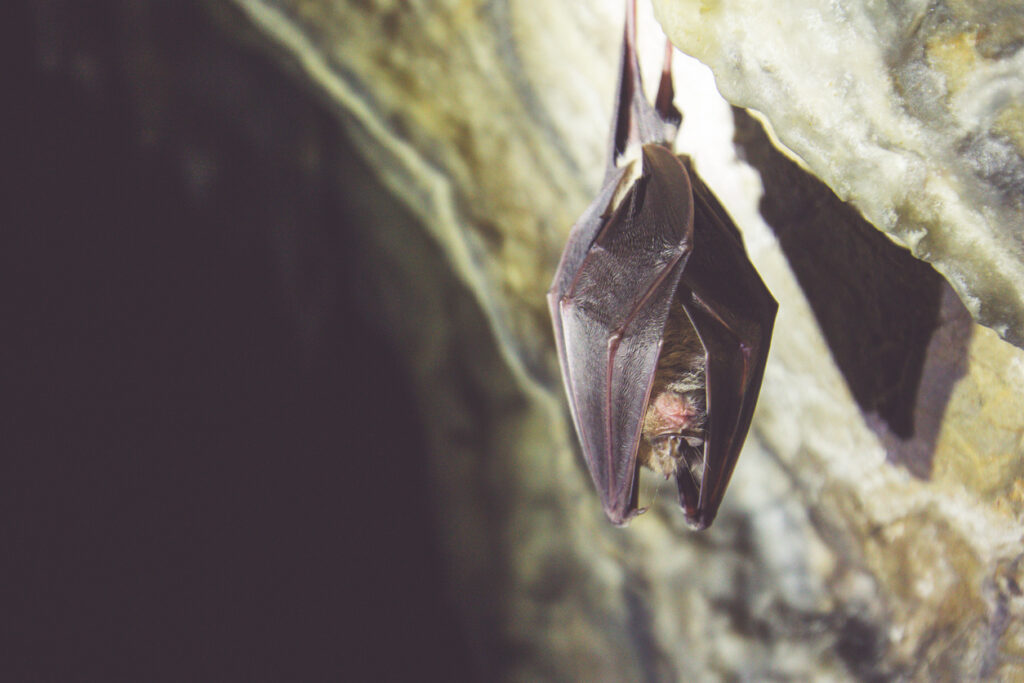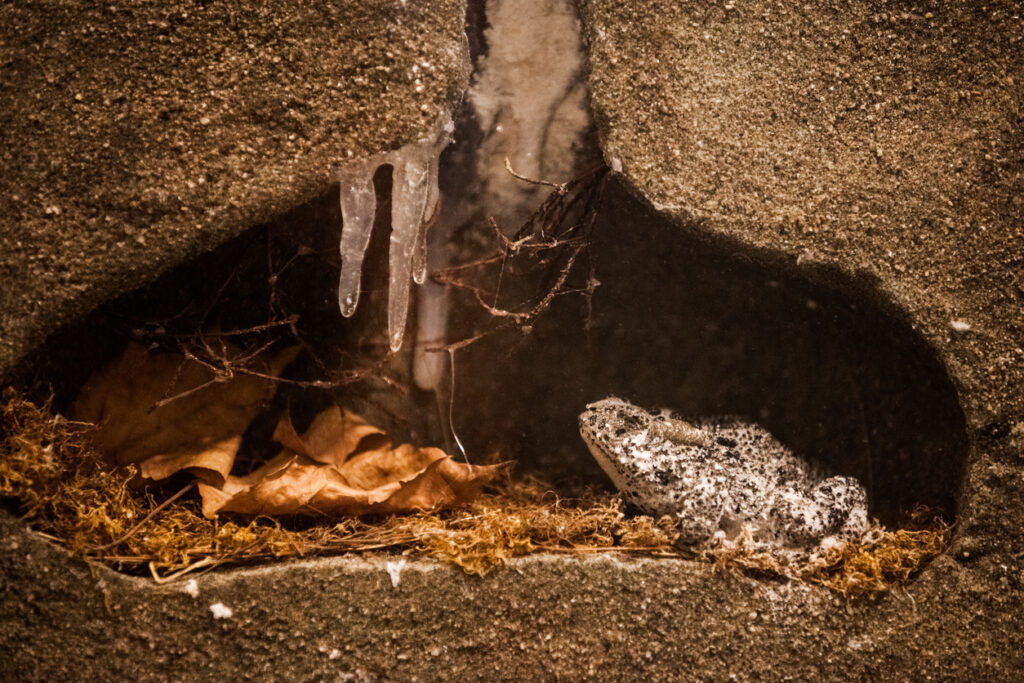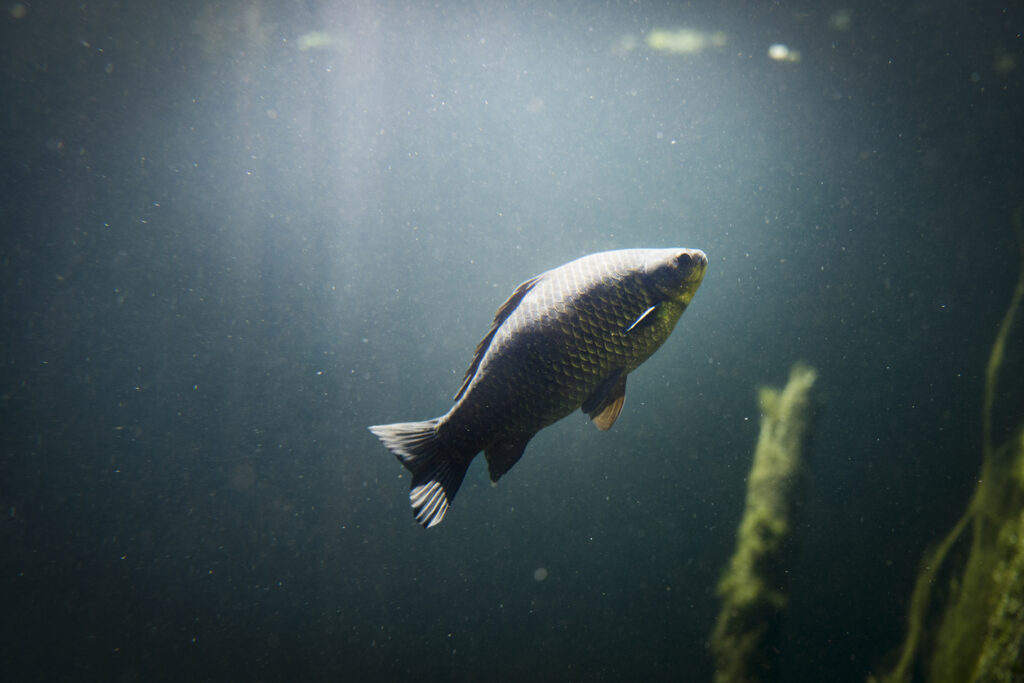Hibernation is a term taken from the animal kingdom that most people will have heard of but that few will know much about. In fact, aside from bears and other big-name hibernators (like the humble hedgehog, perhaps), we’re guessing that most people would struggle to name another animal that takes it easy all winter long.
So, with that in mind, this post is here to help you learn more about what hibernation is all about. From what it is and what it involves to the question of which creatures hibernate – we’ll be answering some of the web’s most commonly asked questions on the topic.
What is hibernation?
Hibernation is a seasonal event in which an animal changes its behaviour to survive challenging conditions, typically harsh cold during the winter months. Rather than foraging for food or migrating somewhere warmer, animals simply rest, reducing their metabolism to save energy and get them through the worst of the winter.
And, fascinatingly enough, it isn’t just cold seasons that some animals are keen to avoid. In hot climates, certain species exhibit behaviour similar to hibernation known as ‘aestivation’, in which they hole up in a shady spot to survive extreme summer heat.

What do animals do when they hibernate?
The term ‘hibernating’ conjures images of big brown bears snoozing away in carefully constructed dens. But there’s more to hibernation than simply sleeping, with animals displaying a range of different behaviours during the annual winter shutdown.
While plenty of hibernators are happy to snooze from November to February, others are more active and may even move around, though at a much slower pace. Some animals even drop into a state of semi-unconsciousness that could easily be mistaken for death – a trait which can leave them vulnerable to predators and accidental disturbance.
How do animals prepare for hibernation?
To see them through the long winter season, animals work hard ahead of hibernation to build up their fat reserves and ensure they have plenty of energy. Remember, for some animals, autumn will be the last time they forage for food until the spring, so it’s vital that they have enough fuel in the tank to enable them to not eat for long periods.
As well as scoffing lots of high-energy food, many hibernators also build dens to serve as shelters through the winter. Hedgehogs, dormice, and even bats seek out or build these types of structures ahead of hibernation to ensure they stay warm, dry and undisturbed in the weeks and months to come.

Which creatures hibernate?
From bats to bears, hedgehogs to chipmunks – animals of all shapes and sizes hibernate during the winter months. And there are many more hibernators out there, too, some of which may come as a surprise…
Do reptiles and amphibians hibernate?
Many species of reptiles and amphibians hibernate at the first sign of winter, completely altering their behaviour to survive the coming cold. Here in the UK, this typically happens in October, with frogs, toads, and newts sheltering under piles of logs, leaves or compost.
Along with amphibians, many species of snakes also overwinter by slithering into deep burrows, which they won’t emerge from until spring. In fact, all UK snake species hibernate during the winter but may rouse prematurely on unusually warm days.
Do fish hibernate?
Sort of! Rather than hibernating in a traditional sense, some cold-water fish school in large groups before going into a restful state. Their heart rates drop to the most energy-efficient level, reducing the need for oxygen and food.
Other fish species, including the common carp (Cyprinus carpio) and the goby (Gobiiformes),take hibernation a stage further. They’ve been known to burrow in sand and sediment, sheltering from the cold as well as passing predators seeking an opportune meal.
With that said, few fish can survive in completely frozen water. That’s why most species descend to deeper depths where surface freezing is less likely.

Which creatures hibernate in the UK?
The UK has lots of animals that hibernate during the winter months, including true hibernators that sleep all winter long and other animals that exhibit some overwintering traits like reduced activity and feeding.
UK hibernators include:
- True hibernators: Bats, dormice and hedgehogs
- Partial hibernators: Shrews and badgers
- Insects: Butterflies, ladybirds and bees
- Birds: Swifts and hummingbirds
Note: Bats, dormice and hedgehogs are the UK’s only true hibernators. While other species exhibit hibernation-like behaviours, this is probably best described as a state of dormancy or torpor.
What dangers do hibernators face?
Hibernating animals are vulnerable to a variety of external forces, from passing predators to accidental disturbance from humans. They’re also easily disturbed by fluctuations in the weather, with unusually warm winter days waking them up well before spring.
Sadly, climate change is having a big impact on the hibernating patterns of overwintering animals. As winters become milder, a greater number of species are rousing long before spring arrives, leaving them at risk of starvation.
We won’t lie: sleeping the winter away can sound quite appealing at times. But then, you would miss out on all the action happening here at Blue Planet Aquarium. To plan your next visit to northwest England’s best aquarium, tap here to book your tickets today.
